About Mushrooms
We are one of the Best Mushroom Sellers in Kolkata and the whole of Eastern india. Our cultivation process leaves no stones unturned towards delivering you nothing but the best export quality Mushrooms.
We Have One Goal
To ProvideThe Highest Quality
Mushrooms to our customers
Read through to find out various types of Mushrooms, their importance and cultivation process.
We ensure that all our customers get the finest quality products at the cheapest price. We never compromise on quality.
You can visit our farm to find out why we are one of the best Mushroom Wholeseller in Kolkata

CHAGA (INONOTUS OBLIQUUS)
The most fascinating thing about Chaga is that it isn’t technically a mushroom.
It is a “sterile conk” that is made up of birch wood and the mycelium of Chaga. This is important, because some of the active compounds responsible for the benefits of Chaga are a direct result of the fact that it grows on birch trees.
Chaga needs to be wildcrafted, and can’t be cultivated to any reasonable degree.
Extracts of Chaga have traditionally been used for digestive health, but this “mushroom” is also used for skin health.
CORDYCEPS (CORDYCEPS MILITARIS)
Cordyceps is known as the “energy mushroom” and is typically used for supporting energy and endurance.
The traditional Cordyceps species is called Cordyceps sinensis, and actually grows on bugs way high in the tibetan plateau. It is INSANELY expensive and rare, and can net up to $20,000 per kg.
Luckily there is another species (Cordyceps militaris) that can actually be cultivated, and is what is used in mushroom supplements today. It has a very similar profile to the traditional species, with one important difference it is way higher in a compound called “Cordycepin”.
This compound is really interesting because it is structurally similar to adenosine, which makes ATP (adenosine triphosphate) the molecule responsible for cellular energy production.
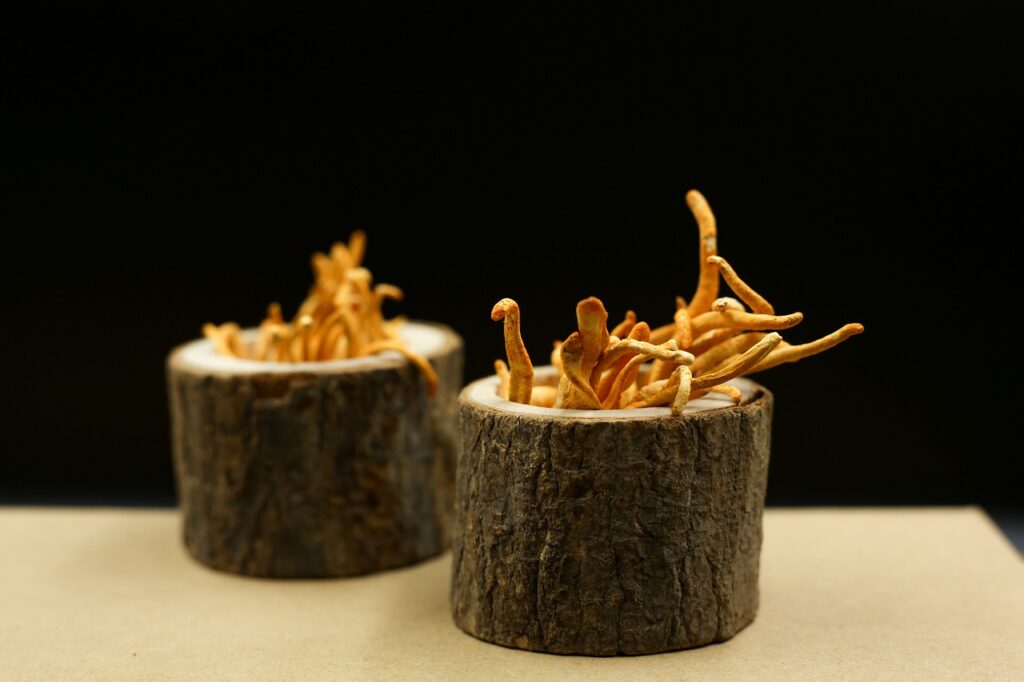
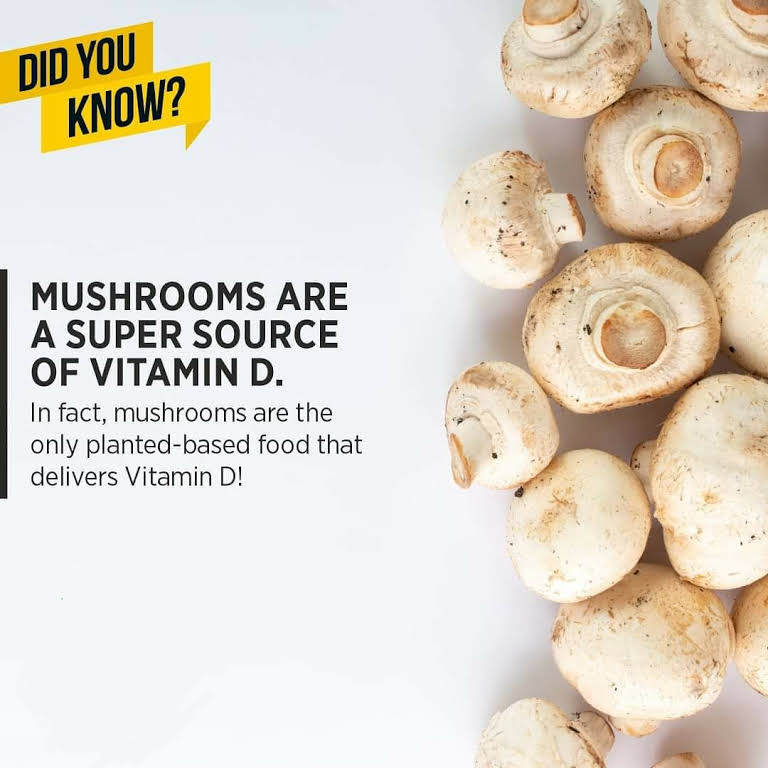
Mushrooms are highly proteinaceous and are used as food. The white button mushroom is sold as fresh mushroom or is canned and made into soups, sauces and other food products. Protein in mushrooms have 60-70 % digestibility and contains all the essential amino acids. It has medicinal properties also. A high amount of retene is present in the button mushroom which is supposed to have an antagonistic effect on some forms of tumours.
In India, button mushrooms are grown seasonally and in environment controlled cropping houses. White button mushroom requires 20-28 ℃ for vegetative growth (spawn run) and 12-18 ℃ for reproductive growth. Besides that it requires relative humidity of 80-90% and enough ventilation during cropping. Seasonally, it is grown during the winter months in the north-west plains of India and for 8-10 months in a year on the hills. However, with the advent of modern cultivation technology it is now possible to cultivate this mushroom anywhere in India.
The growers can take on an average 3-4 crops of white button mushrooms in a year depending upon the type and varieties cultivated. Factors affecting the yield of the crop both in terms of quality and quantity are incidence of pests/pathogens and non-availability of pure quality of spawn.
Button Mushroom
Button Mushroom (Agaricus spp.) is the most popular mushroom variety grown and consumed the world over. In India, its production earlier was limited to the winter season, but with technology development, these are produced almost throughout the year in small, medium and large farms, adopting different levels of technology. The species being grown in most farms is the white button mushroom (Agaricus bisporus) belonging to Class Basidiomycetes and Family Agaricaceae.
The vegetative mycelium is composed of many inter-woven sepatate hyphae. The reproductive phase is initiated by the formation of small knob like swellings at different points of interwoven mycelial strands. These swellings increase in size and break through the surface of the substratum as small balls constituting the button stage. A matured basidiocarp (fruit body) is whitish in colour and consists of thick short stipe with an annulus. The stipe supports the pileus which appears as a hat like expansion. On the underside of the pileus, a number of radiating gills or lamella are present which are pink when young but purple-brown when mature.
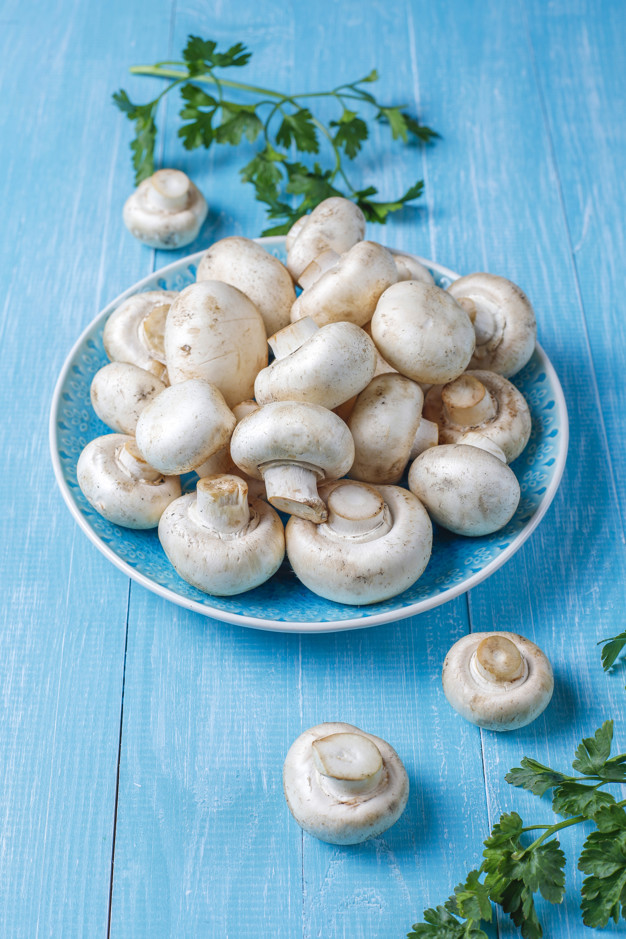
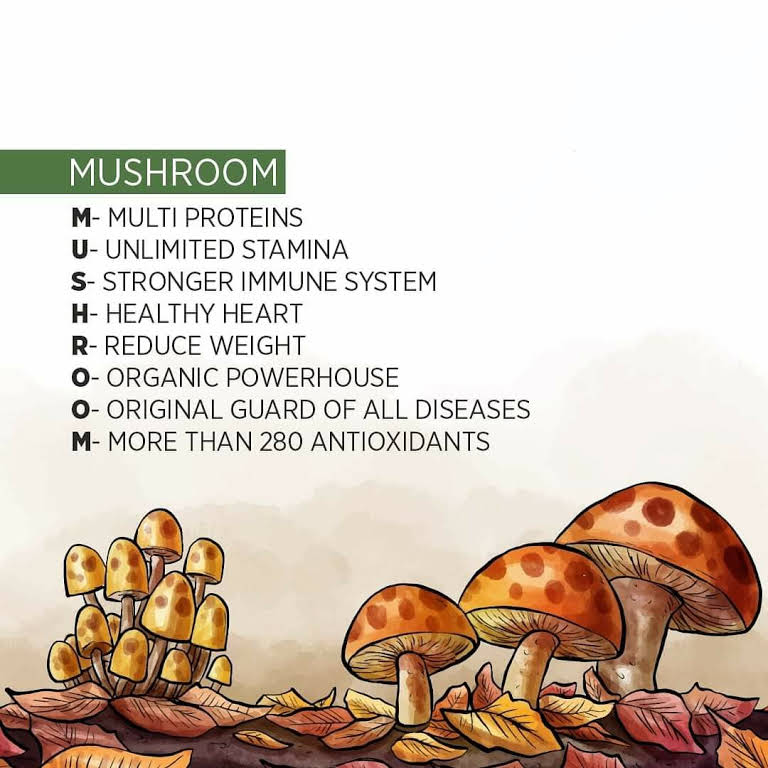
What makes a mushroom "medicinal"?
- No cholesterol and low fat with ergosterol and polyunsaturated fatty acids : Good for Heart.
- Low calorific food with no starch, low sugars : Delight of Diabetics.
- High Fibre, low sodium-high potassium diet : Anti-Hypertensive.
- Good source of vitamin B-complex and Vit C; only vegetable source of Vit D.
- Rich in minerals like copper (cardio-protective) & Selenium (anti-cancer).
- Anticancer, Anti-HIV, Anti-viral, Anti-histaminic, Hypo-cholesterolemic,Hepato-& Nephro-protective, Anti-oxident, stamina enhancer, etc.
All medicinal mushrooms have polysaccharides, and they are all different shapes. These compounds interact with our bodies in different ways, which is why you can think of each mushroom as having its own “super power.” Other than polysaccharides, mushrooms also contain phenols, sterols, triterpenes and more which can all benefit our health in different ways.
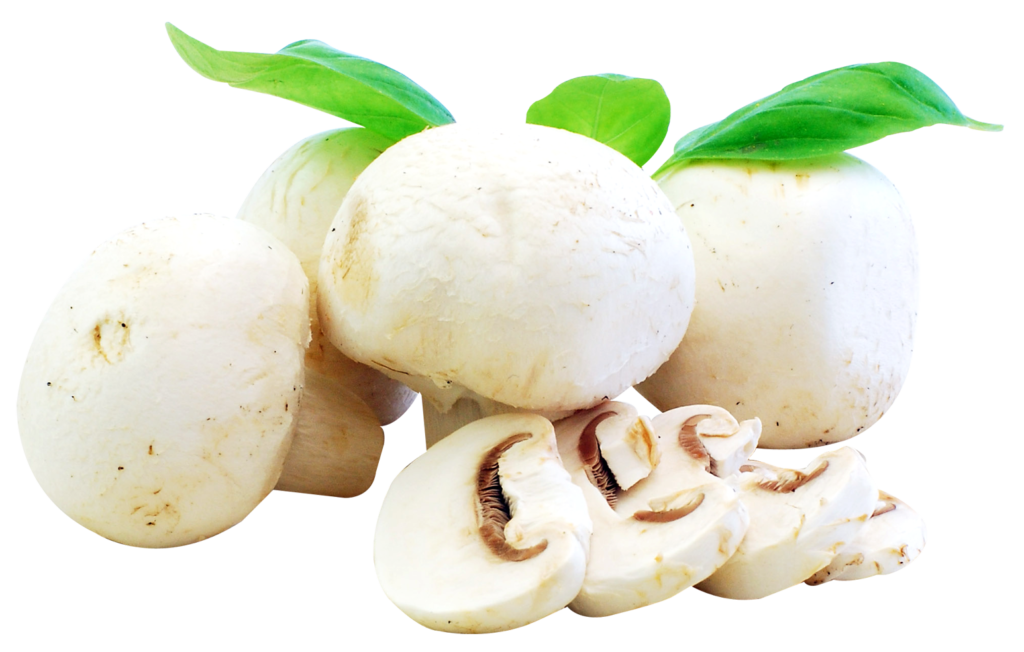
Grown With Love on their Farms
Brijendra is the guy you should contact with if you are looking for freshly grown Mushrooms. We have contacted several Mushroom Dealers in India but BSK Agro Farm truly stand out i terms of quality, price and delivery. These guys are extremely professional and have a quality driven approach towards business.

P. Sathpaty
Customer, Odhisha
THE WHOLE PROCESS
The whole process of mushroom production can be divided into the following steps:
- Spawn production
- Compost preparation
- Spawning
- Spawn running
- Casing
- Fruiting
Harvesting is done at button stage and caps measuring 2.5 to 4 cm. across and closed are ideal for the purpose. The first crop appears about three weeks after casing.Mushrooms need to be harvested by light twisting without disturbing the casing soil. Once the harvesting is complete, the gaps in the beds should be filled with fresh sterilized casing material and then watered. About 10-14 kg. fresh mushrooms per 100 kg. fresh compost can be obtained in two months crop. Short method used for preparation of compost under natural conditions gives more yield (15-20 kg. per 100 kg. compost).

